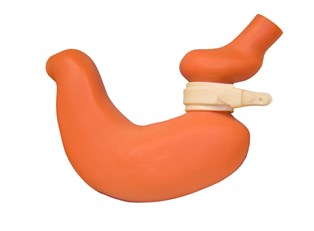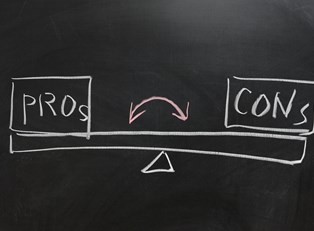Lap band surgeries are becoming an increasingly common way for people to lose significant amounts of weight, but they’re not for everyone. Depending on a patient’s weight loss goals, medical history, and a number of other factors, there are other weight-loss options that may be better suited for them. If you’ve been considering having a lap band fitted, take a look at these four alternatives before you make any final decisions.
- Diet and Exercise
The simplest and safest alternative to lap band surgery is making healthy lifestyle changes to your diet and activity level. These are two changes you’ll have to make if you get the procedure anyways, so it makes sense to try them by themselves before you opt for a lap band.
To lose weight you’ll obviously need to eat fewer calories than your body uses, but it’s also important to pay attention to where those calories are coming from. Include as many nutrient-rich fresh fruits and vegetables as possible. Increasing your activity level will allow you to eat more each day and will protect you from obesity-related conditions such as diabetes.
- Gastric Sleeve Surgery
Gastric sleeve surgery is another alternative that will provide patients with much more drastic results than a lap band. It’s estimated that overweight people typically lose 50% of their total body weight or more with this procedure.
During surgery doctors remove approximately 75% of a patient’s stomach, so that only a tube or sleeve-like structure remains. Unlike a lap band, gastric sleeve surgery is irreversible, which means that it’s only recommended for those who are incredibly desperate to lose weight.
- Gastric Bypass Surgery
Gastric bypass surgery is the most popular alternative to a lap band. As with a gastric sleeve procedure, bypass surgery removes a portion of a patients stomach; however instead of cutting the stomach along the curve, doctors divide it into an upper and lower section. The lower section is sealed off, while the upper section is attached directly to the small intestine. This means that food travels a shorter distance during the digestive process, which reduces caloric absorption. However, this setup also reduces the absorption of essential nutrients, and this can put patients at a risk of malnutrition. Most people who undergo gastric bypass surgery must take supplements and closely monitor their diets for the rest of their lives.
- Gastric Balloon
Gastric balloons are quickly becoming a popular alternative to lap band surgery in Europe and Canada, although they are not currently approved for use in the United States. This method offers patients a much less invasive and completely reversible option for weight loss. Doctors implant a deflated balloon in patients’ stomachs and then fill it with saline, which gives the impression of fullness. Balloons are typically left in the stomach for about six months.
This procedure is a good choice for people who need to lose a significant amount of weight but don’t weigh enough to qualify for the more invasive weight loss surgeries.




